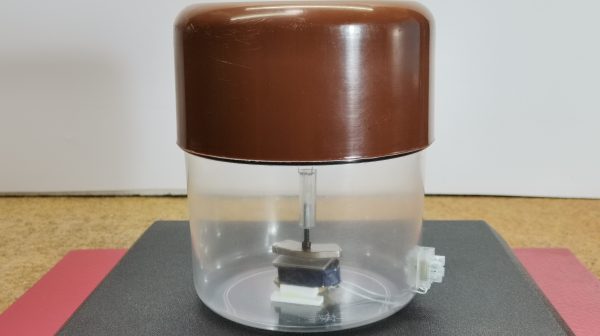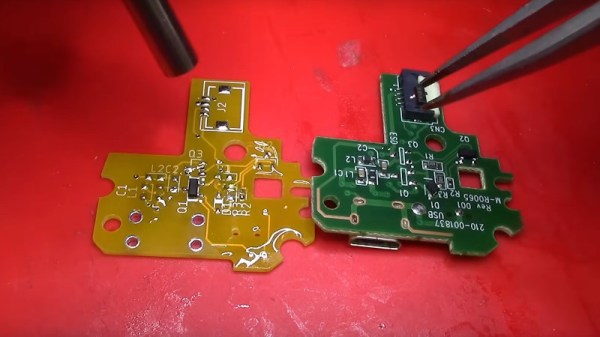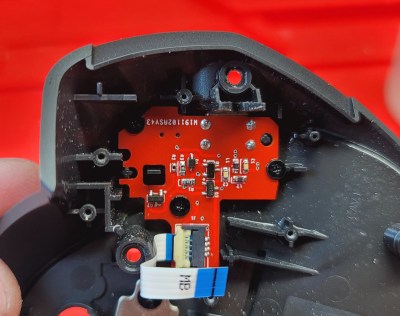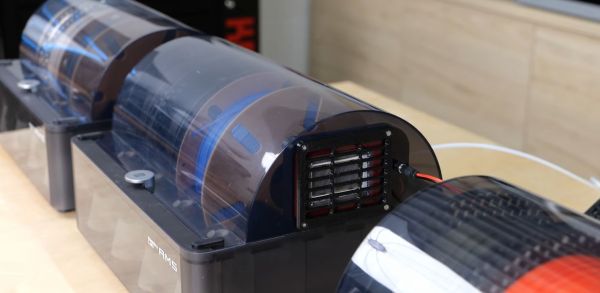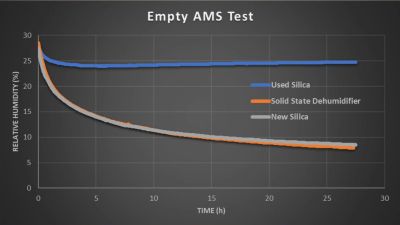If you want to know what’s going on with the ground, geologically speaking, a geophone is a great tool to have. It lets you listen in on the rumbles and grumbles beneath your feet, and can give you great insight into matters of seismic importance. [mircemk] has designed a very capable geophone that’s simple enough for you to build at home.
The geophone relies on a mass suspended upon a spring inside a chamber, which as you might imagine, will move when shaken by seismic vibrations. The mass is in fact a plastic rod, fitted with an iron nut and a magnet on the end.
This is mounted above a coil, which is fixed to the base of the chamber. Thus, when the chamber is shaken by seismic activity, the mass moves relative to the coil, with the coil picking up the varying magnetic field as it dances around.
The YouTube video does a great job of explaining the concepts involved and how to practically build the device. [mircemk] has also had some other great projects featured on Hackaday before, too.

